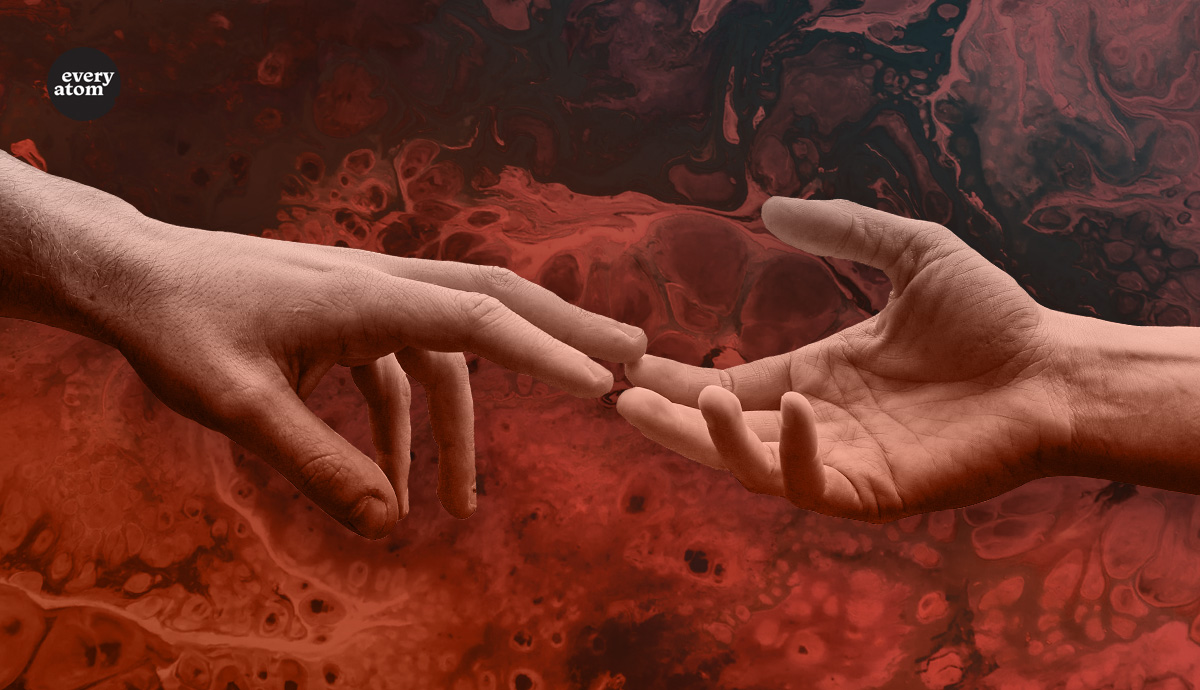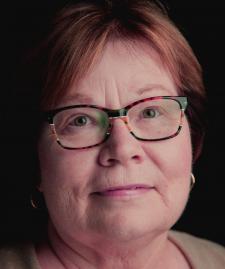Every Atom | No. 165
Introduction to Every Atom by project curator Brian Clements
One does not readily think about Walt Whitman when recalling famous nurses of the past: Florence Nightingale, or Clara Barton, or Mary Breckenridge, but not Walt Whitman.
Nonetheless, so much is told by Whitman about being a nurse in his poetry. Having been a nurse now for four and a half decades, I understand that Whitman’s words in “Song of Myself” and “The Wound-Dresser” say two things about nursing; what a nurse does, and what a nurse is. Of those two things, “what a nurse is” is far more important.
It is easy to think about, to name, to list what a nurse does. Whitman does some of this in “The Wound-Dresser”: “bearing the bandages,” “dress the wounds,” “undo the clotted linen,” and “cleanse.” The things nurses do are easy to teach to the new nurses and those who want to become nurses. What is much harder to come by is what a nurse is.
In “Song of Myself” he writes, “I do not ask the wounded person how he feels . . . . I myself become the wounded person,” speaking to the role of empathy in nursing. Indeed, so much of Whitman’s poetry is about empathy, trading places with the wounded, the solider, the other. In the words of “The Wound-Dresser” a nurse “sits by,” “soothes,” “pacifies with a soothing hand,” “draws near,” and “recalls the experience, sweet and sad.” Nurses can become a kind of storyteller. I am like the old man in the first section of the poem, recounting a story from the past, one that is graphic and deeply human, to the children asking for storytelling.
I have practiced nursing in the clinical, the educational and the administrational arenas—and still do. The hardest part to tell, to understand, and to teach is “what a nurse is,” but Walt Whitman tells us that in a poignant, memorable way through empathy and verse.
Recommended
Nor’easter
Post-Op Appointment With My Father
Cedar Valley Youth Poet Laureate | Fall 2024 Workshop







